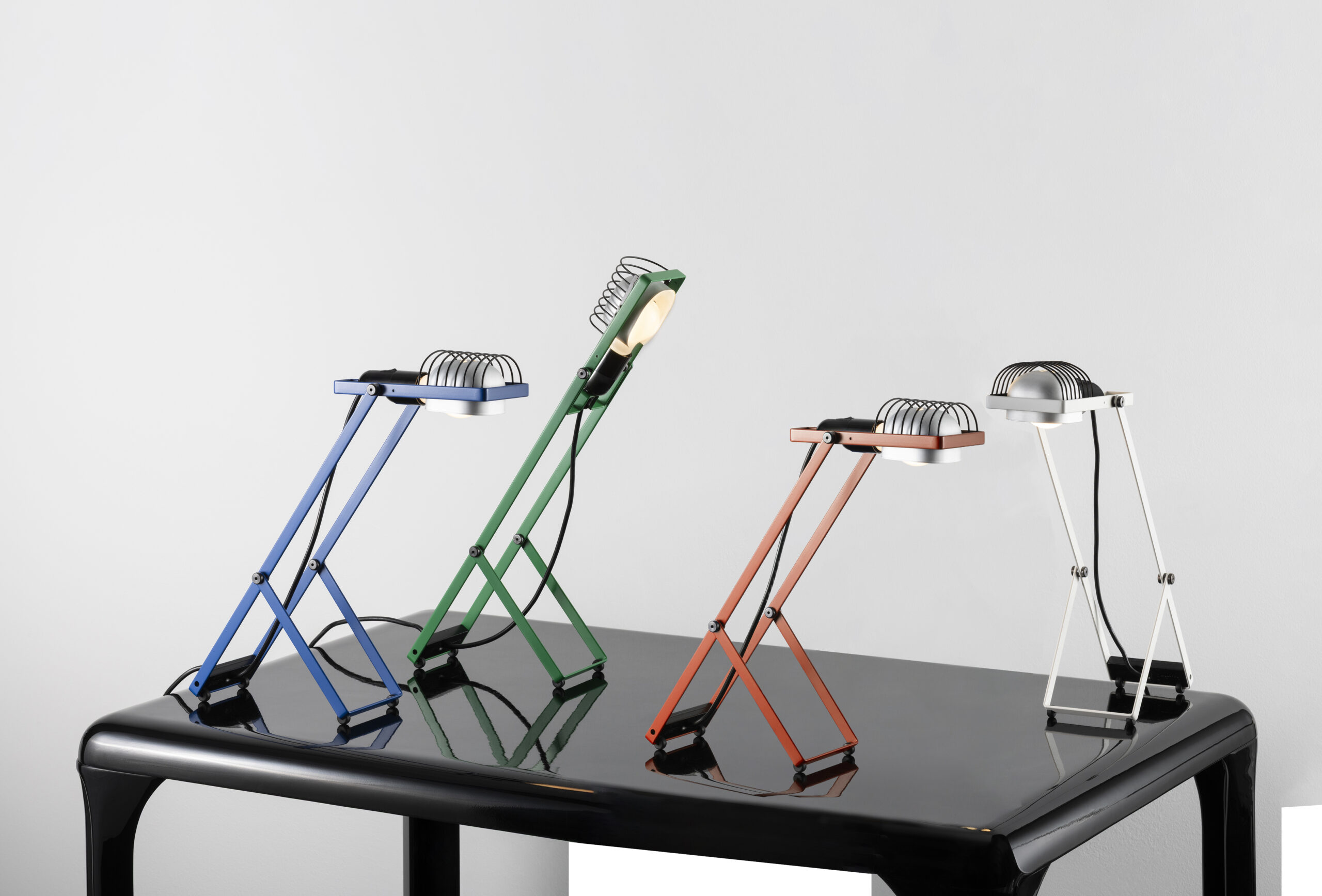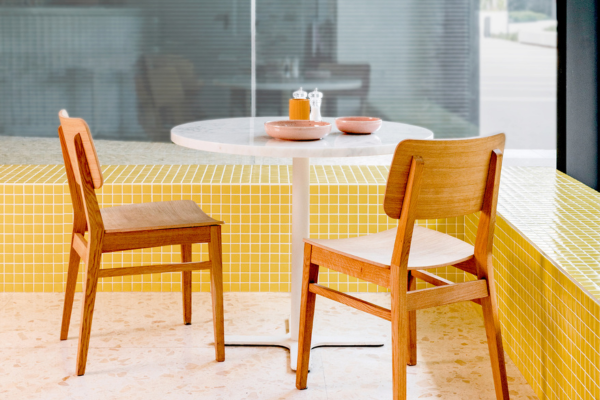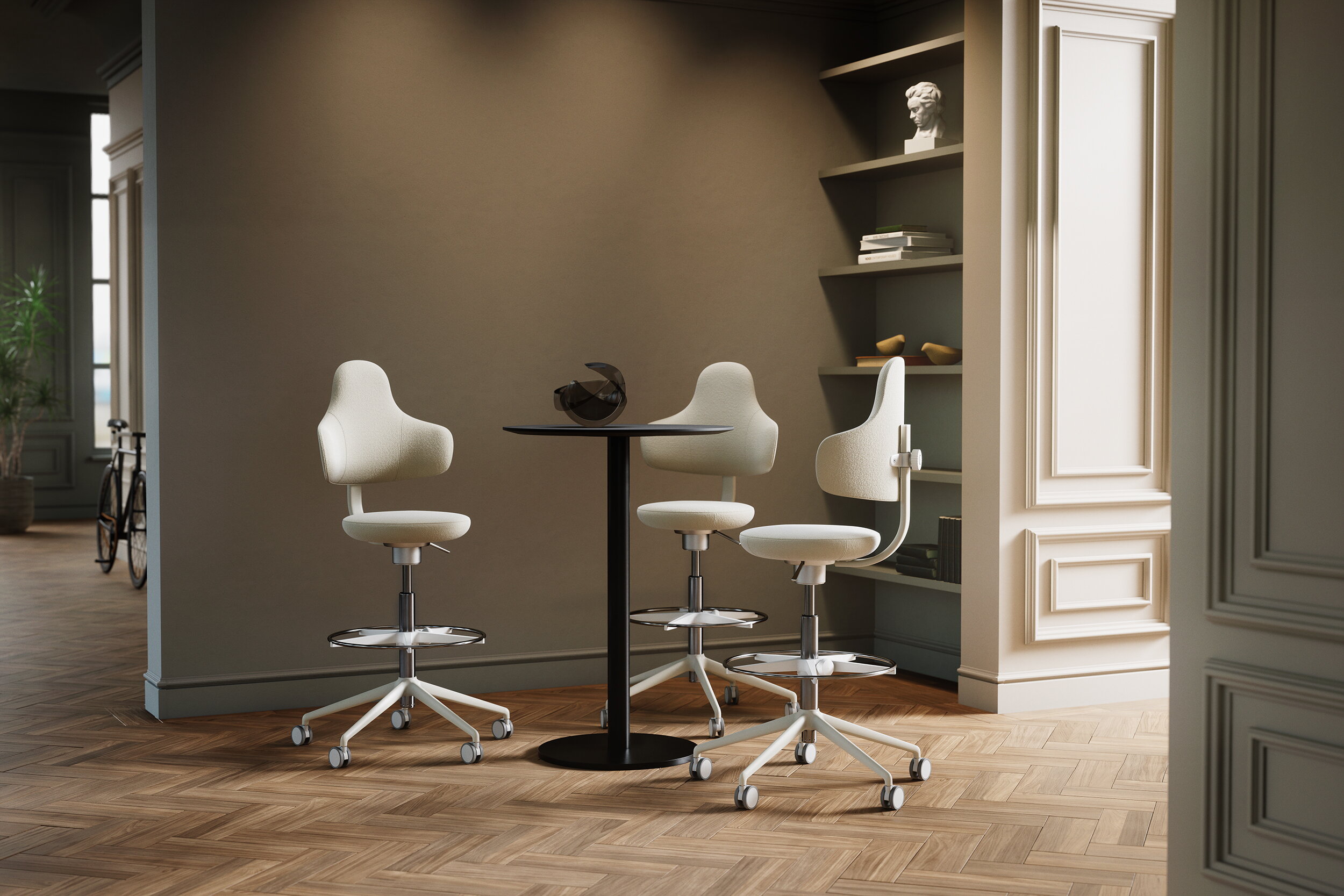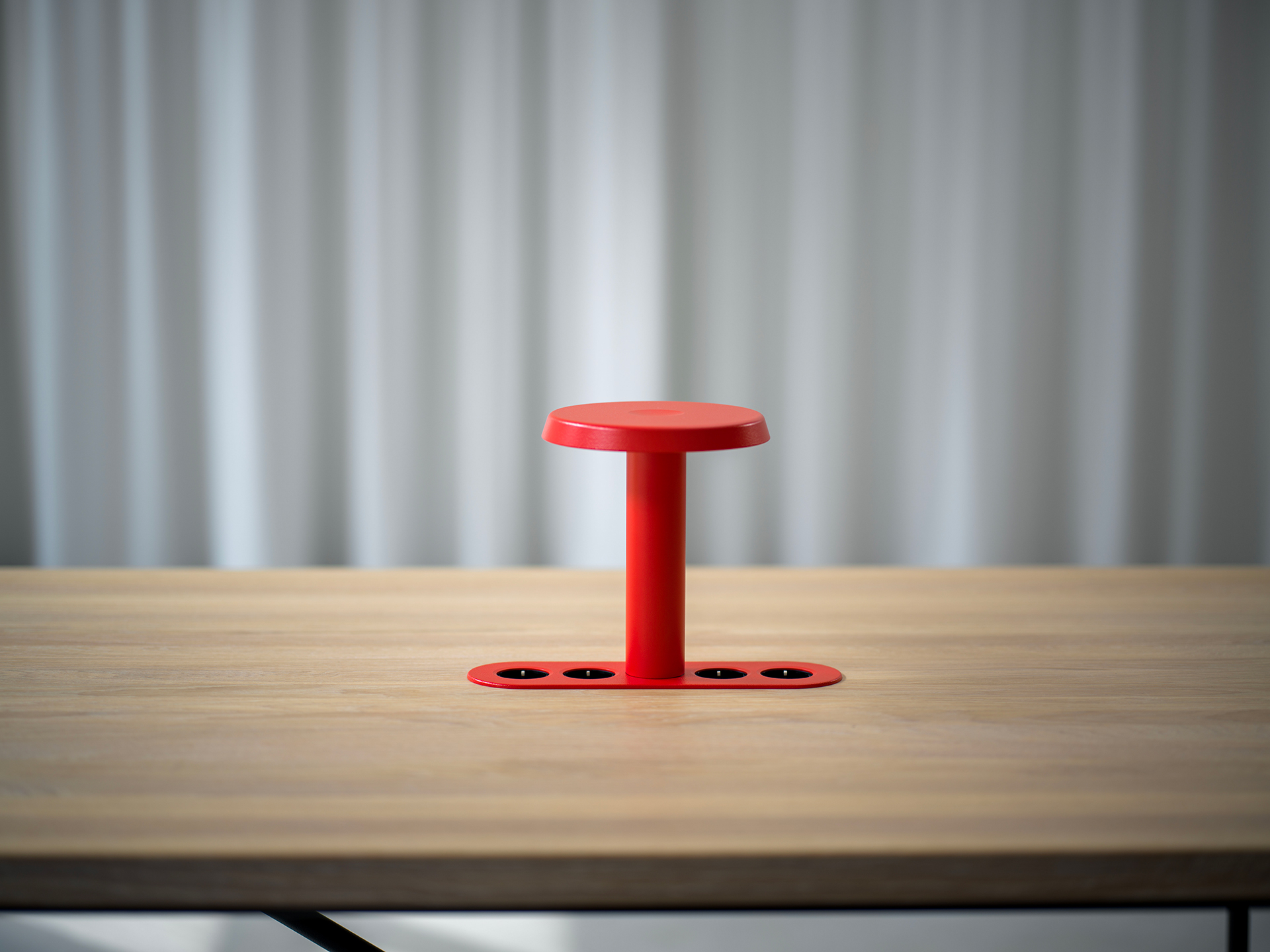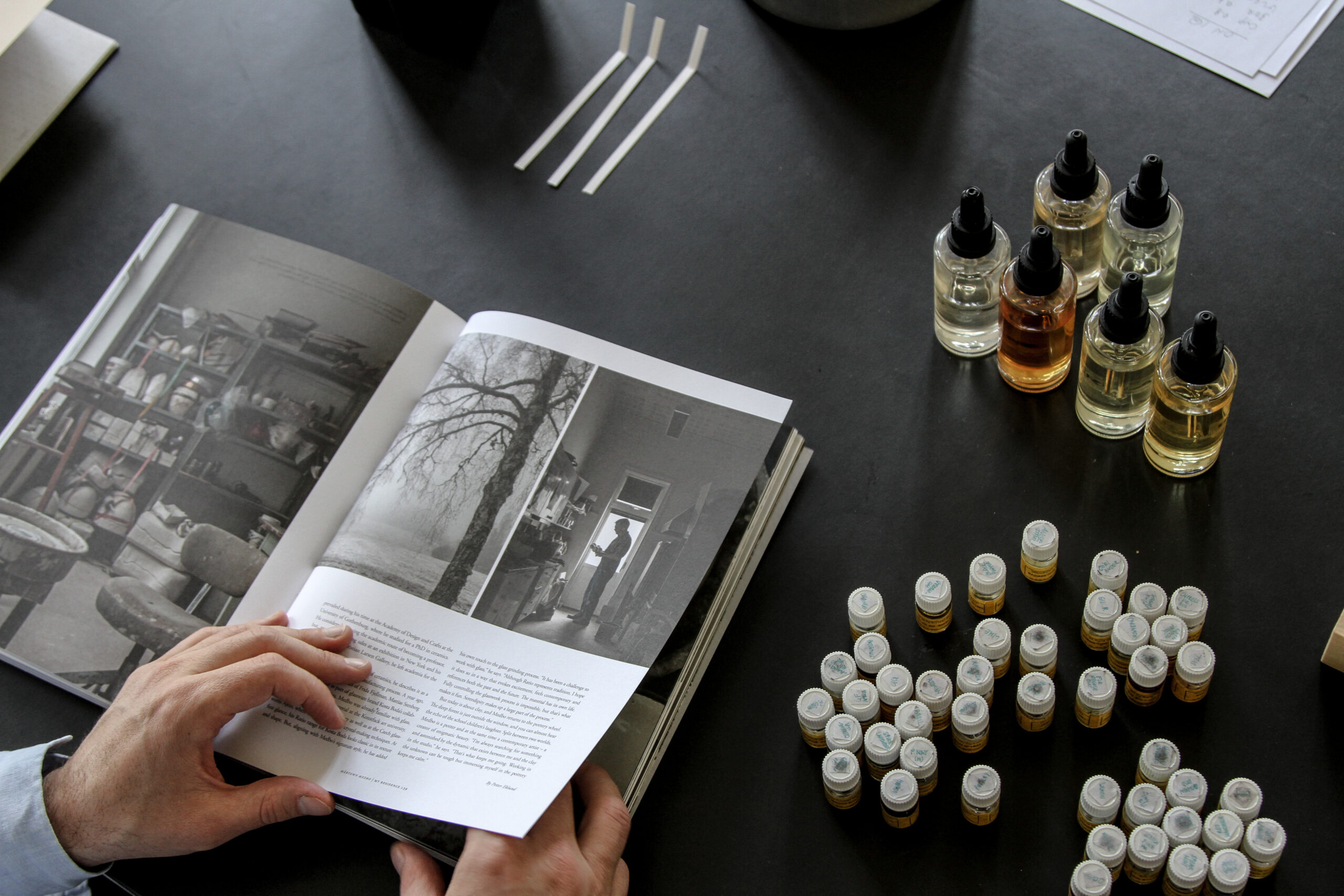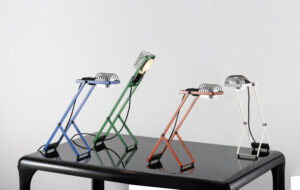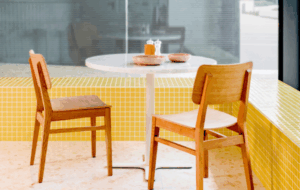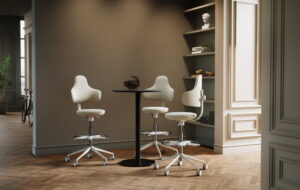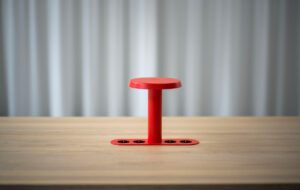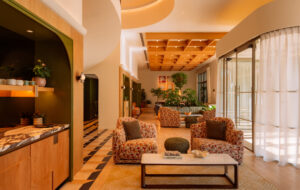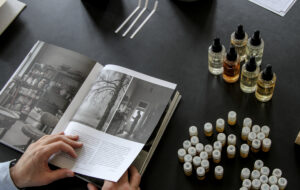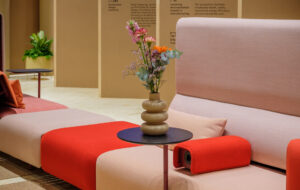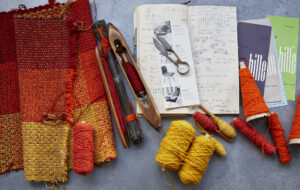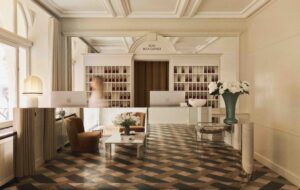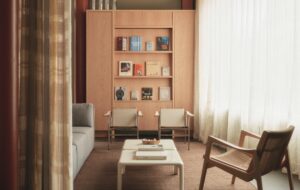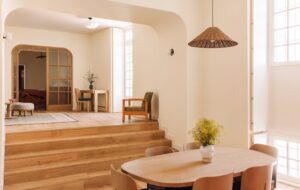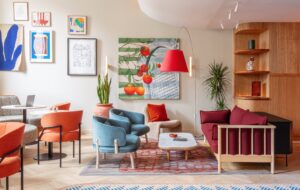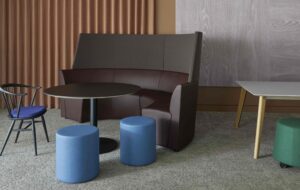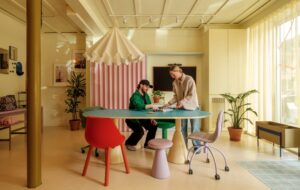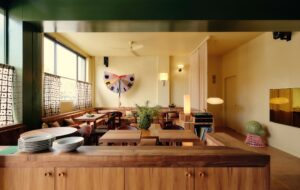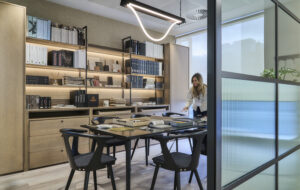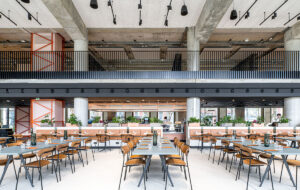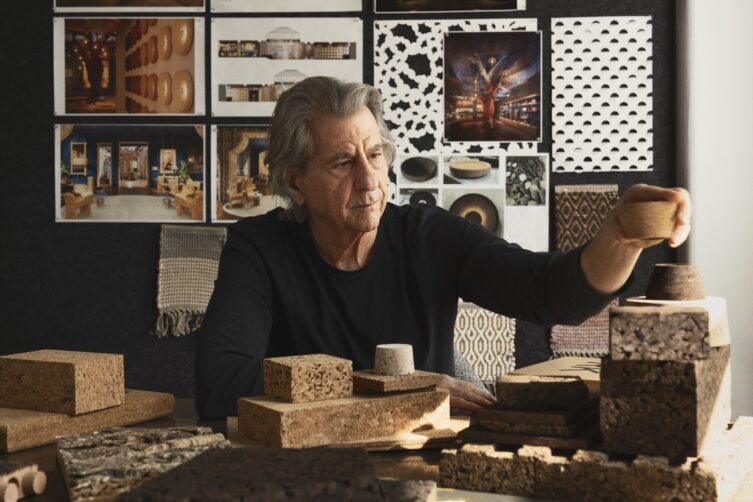
Architect David Rockwell knows first-hand that good things come in small packages. He co-founded the Cork Collective to recycle bottle corks and created installation Casa Cork to showcase one of the world’s most sustainable materials
Fresh from Milan Design Week, during which the Rockwell Group presented Casa Cork, an installation promoting the benefits of designing with natural cork, award-winning architect David Rockwell is feeling particularly energised. It turns out that the Cork Collective – a not-for-profit initiative that Rockwell co-founded in 2024 with cork producers Corticeira Amorim, investors BlueWell and Southern Glazer’s Wine and Spirits aiming to promote the recycling and reuse of the 13 million bottle corks discarded each year – has accelerated faster than expected. “Our core belief as a studio is to get involved in projects that galvanise the design community and continue to communicate that designers can make a difference in the world,” explains Rockwell back in his New York office. “It’s ultimately an opportunity to explore how to solve a problem.”

Photography by Emily Andrews
What the Rockwell Group showed in Milan was what he describes as a launch pad. “We wanted Casa Cork to be a living laboratory showing everything that’s possible with cork,” he explains. An entrance gallery welcomed guests to the immersive exhibition, which Rockwell says was an opportunity to look and touch, leading on to the installation’s centrepiece: a six-metre-high cork tree, 3D-printed from reclaimed virgin cork bark, fabricated by Spanish art workshop Factum Arte. Alongside the tree were winning entries from the inaugural Cork Collective Student Design Competition, for which the Rockwell Group partnered with Parsons School of Design and Politecnico di Milano. Winning students were invited to attend to showcase their innovations. A presentation zone was created for live demonstrations (such as cork weaving) and talks around cork innovation – guests were seated on Jasper Morrison for Vitra cork stools. A room of products, including a wall covering by David Rockwell for Maya Romanoff, cork shelving and display systems by USM, and a desk by De Castelli, showed more practical applications for the material. A skylight-lit Casa Cork Salon encouraged visitors to pause for a wine tasting and offered space for reflection and discussion. Artemest designed a custom cork bar and chandelier, Bocci created the bar lights, and the side tables were designed by David Rockwell for Stackabl, the Campana Brothers and Tom Dixon.
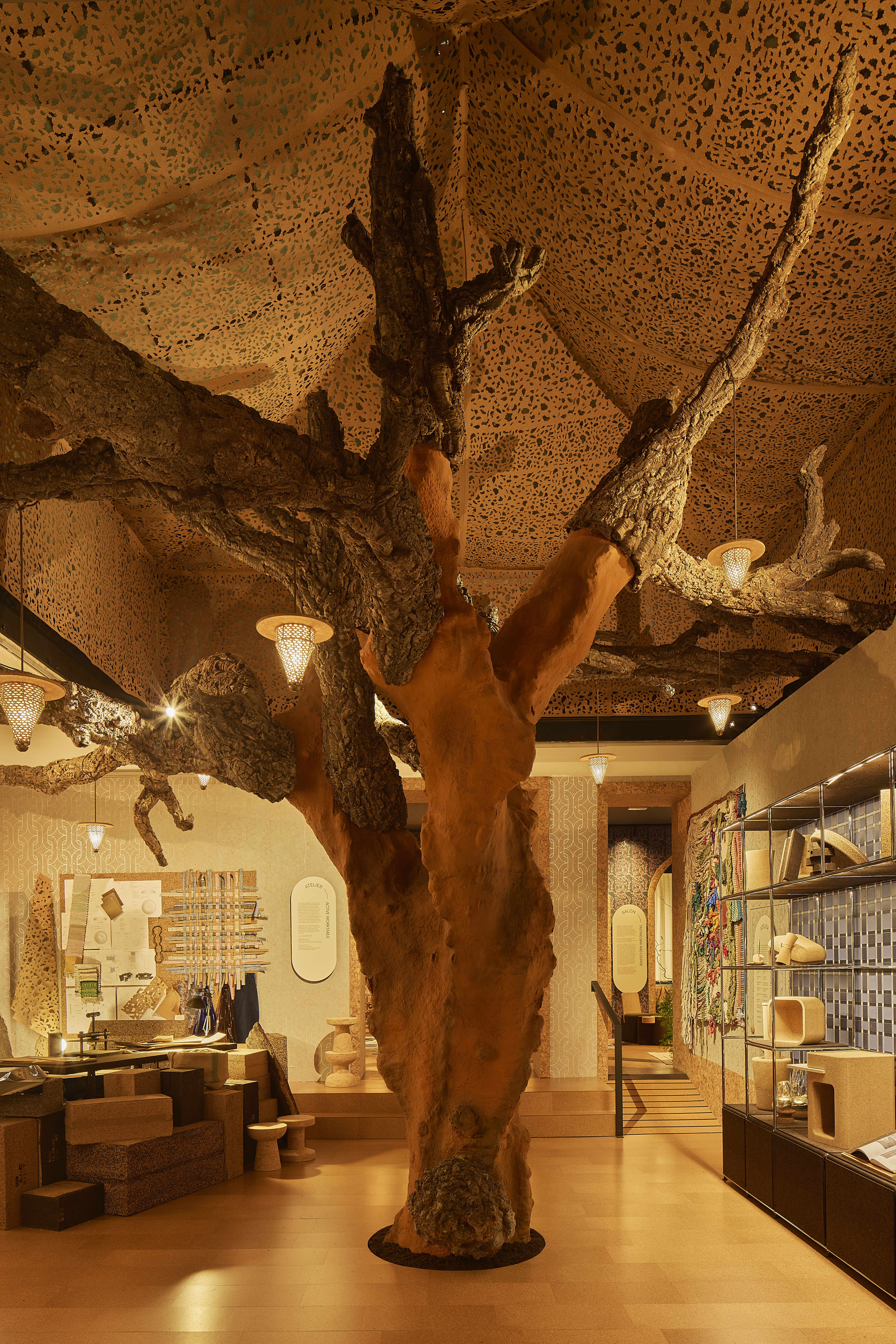
Photography by Ed Reeve
The catalyst for the Cork Collective was Rockwell’s discovery that just one per cent of bottle corks are recycled, and a desire to do something about it. Now an e-quad vehicle collects corks around New York to be taken to a regrinding facility set up by Amarin. “Cork is peeled back from cork trees every nine years. The bark can sequester CO2, which even when it’s ground down and made into something else retains that ability to hold on to those molecules – it’s really a magical property,” says Rockwell. The Collective’s recycled corks are currently being used to resurface children’s playgrounds and in other community spaces. “As a material, it’s soft. It’s heat-resistant, cold-resistant, seamless, permeable, floats, looks beautiful and the texture is close to natural skin – it feels great,” says Rockwell.
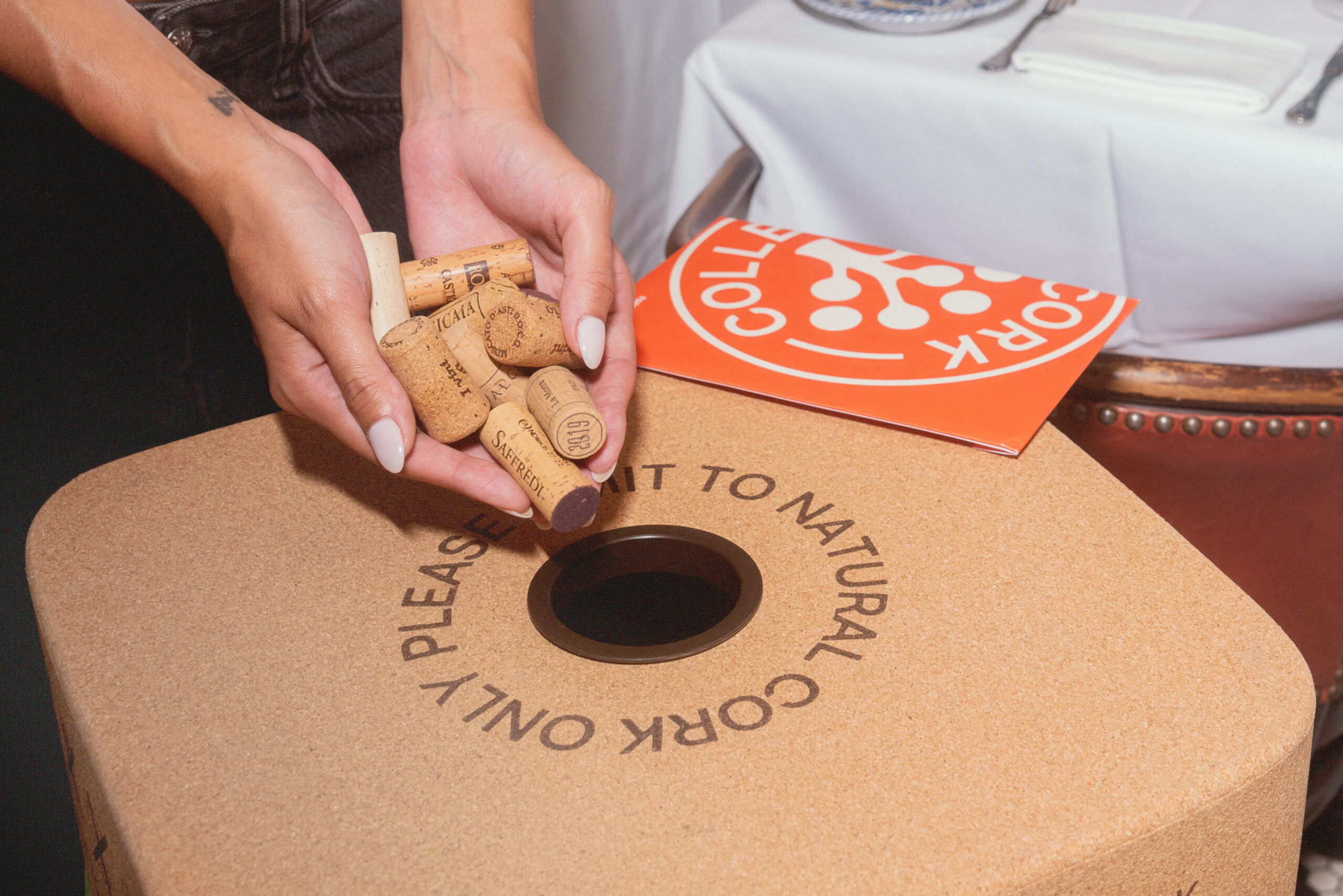
Photography by Lawrence Sumulong
So will the Casa Cork installation – and, more broadly, the Cork Collective’s efforts – live on beyond Milan? “Of course. The exhibition was built modularly, so can be taken down easily and transported,” confirms Rockwell. “This is a great example of something that people talk about a lot: the circular economy. In this case, I think having a model of how that can work, however specific this one thing is, is powerful. Our hope is that we’ll bring the exhibition to the London Design Festival in September – and we’re working on some exciting international sporting events too,” he adds. “What began as an independent research project has an application much bigger than I thought it would. We really see this as the start of a culture change.”
This story was originally featured in OnOffice 171, Summer 2025. Discover similar stories by subscribing to our weekly newsletter here

